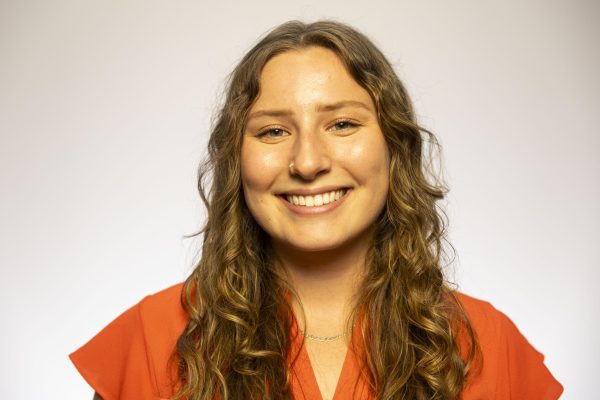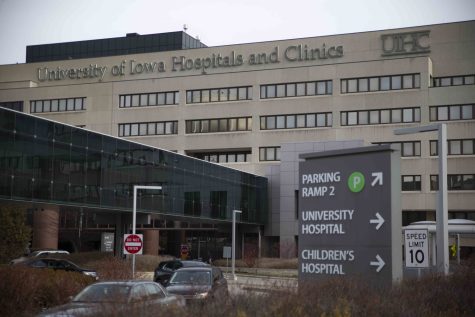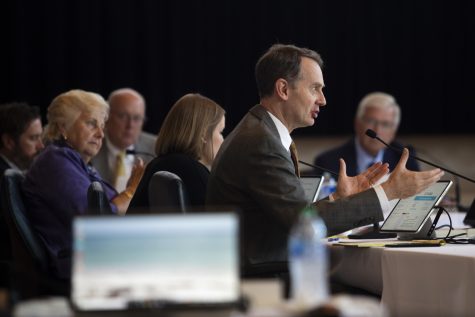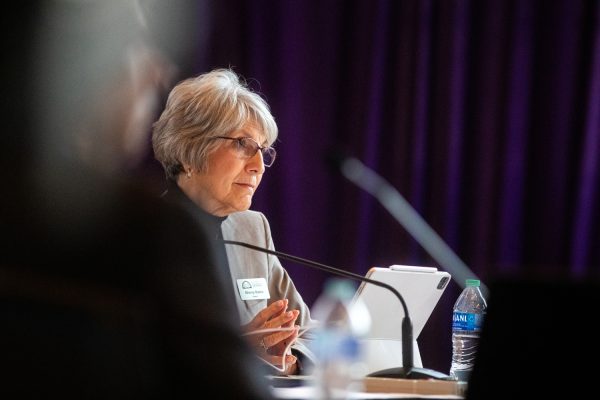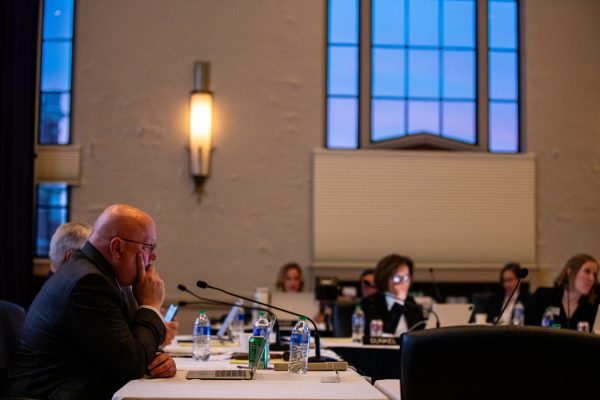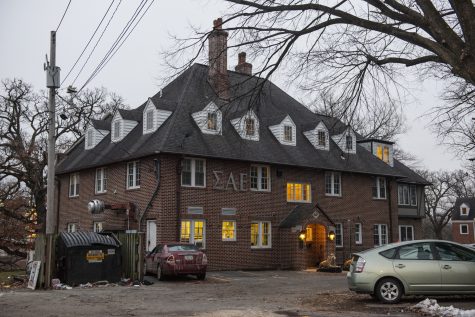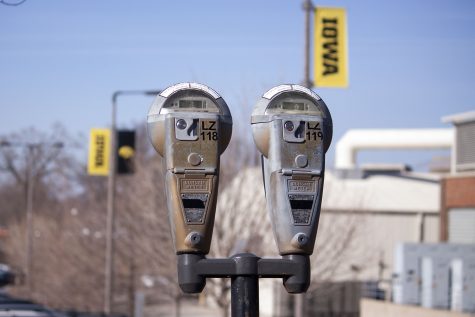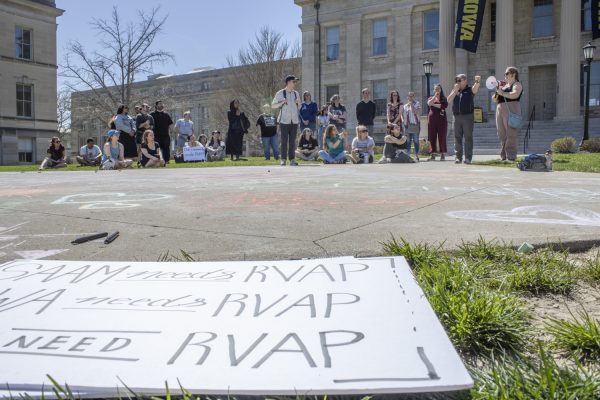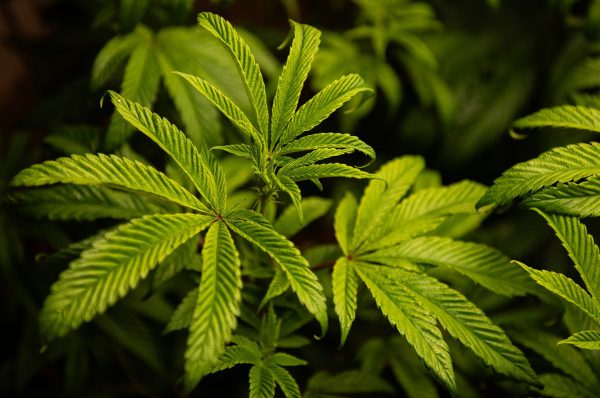Iowa community colleges see a decline in enrollment locally, nationally
National data reports an 18.9 percent decline in community college enrollment. The state Board of Regents reported a substantial enrollment decline in transfer students from Iowa’s community colleges, which has had a downward trend since 2013.
The website for Kirkwood Community College is seen on Sunday Dec. 13, 2020.
December 15, 2020
National and state enrollment data show a downward trend in community college enrollment across Iowa, but community college administrators are optimistic of an “enrollment bounce back” in 2021.
The 2020 National Clearinghouse enrollment data show a 9.5 percent decline in community college enrollment this year and an 18.9 percent decline in first-year student enrollment.
Following the downward trend, the fall 2020 state Board of Regents enrollment report presented at the Nov. 18 meeting reported that the number of transfers from Iowa’s community colleges has continued to drop this fall.
“Most of the decline is likely attributed to significant declines in the number of students attending Iowa community colleges since 2013,” the report said.
State Board of Regents Associate Chief Academic Officer Jason Pontius said Iowa community college enrollment was down 6 percent due to a “supply” decline from Iowa public high schools.
He said 69.2 percent of high school students attending Iowa public high schools enrolled in college one year after high school graduation in 2013. In 2018, 65 percent reported enrolling one year after completing high school.
“This decline seems to be largely impacting the community colleges, while the percent of all graduates going to a four-year public [university] has remained 25 percent,” Pontius said.
The University of Iowa echoes the data shared in the regents latest report, UI Director of Media Relations Anne Bassett wrote in an email to The Daily Iowan.
Kirkwood Community College’s enrollment declined 13.5 percent, more than the national average. Kirkwood Community College Associate Director of Marketing Justin Hoehn wrote in an email to the DI that COVID-19 disproportionately impacted students who are low income, first generation, and students of color.
RELATED: Iowa regent universities report four-year decline in enrollment
“On average, community colleges have a more diverse student body than four-year colleges and universities,” Hoehn wrote. “Overall, the uncertainty surrounding the virus has caused many students to reevaluate their college plans.”
Another reason for the decline in enrollment at Kirkwood and other community colleges in Iowa is because of the derecho storm, Hoehn said, which happened in early August.
“The derecho had a huge impact, too, as it occurred right before the start of the fall semester,” he wrote. “The combination of the two contributed to the higher-than-average drop in enrollment.”
Hoehn added that he has seen improvement in spring enrollment and transfer numbers because of the COVID-19 safety protocols the campus has put in place since the start of the pandemic.
President of Des Moines Area Community College Rob Denson told the DI that the college also reported a small decrease in enrollment. Total fall enrollment at Des Moines Area Community College decreased 0.9 percent, 1 percent less than the previous fall semester. First-year students had a 1.56 percent decrease, as well.
“There is general agreement that COVID-19 is the cause of nearly all declines nationally,” Denson wrote in an email to the DI. “Students and their families have had great uncertainty about the virus. There was so much talk of ‘gap-years’ during the spring and summer of the pandemic that we believe it depressed interest in going to college this fall.”
Denson said in a follow-up interview with the DI that when the pandemic was entering the U.S., he didn’t know what enrollment would look like. For comparison, he said Des Moines Area Community College’s enrollment grew 45 percent during the 2008 recession.
“The biggest drop was due to all of the anxiety of COVID-19,” Denson said. “It mostly affected low-income students whose families, because of the economy and businesses closing during the pandemic, just weren’t able to work.”
Already reporting an increase in enrollment for the spring semester, Denson said he sees a lot of positive signs.
“There is such a demand for skilled workers in Iowa’s economy,” Denson said. “I feel like more and more individuals are realizing that. Also, our tuition is one of the lowest in the state, so I think we are going to see a nice bounce-back, hopefully as soon as next fall.”




